Cast iron cookware is a popular choice for many home cooks. Its durability, versatility, and ability to retain heat make it ideal for cooking a variety of dishes.
But what happens when you want to use your cast iron cookware on an induction stovetop? Does it work with an induction stove & is it safe to use or not?
The quick answer is YES, you can use cast iron on induction. Cast iron is a ferromagnetic material, which means it’s attracted to magnets. This makes it perfect to use with induction cooktops.
I used an induction cooktop for 5 years before I moved to my new place and didn’t have any issues with using my cast iron skillet on it. However, there are a few things you need to know before using your cast-iron skillet on an induction cooktop so that you can use it safely and effectively.
What is Induction Cooking?
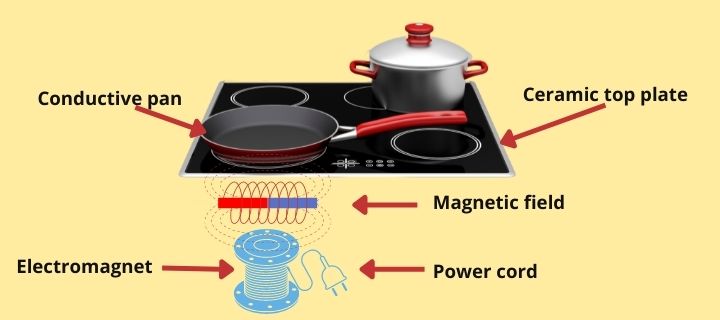
Induction cooking is a way to cook food using electricity. Induction stovetops have a coil of copper wire (Electromagnet)beneath a glass-ceramic plate. When you turn on your stove, the electric current flows through the wire and creates a magnetic field.
When you put cast iron or stainless steel cookware on an induction stove, then the field will create electric currents in the metal. This will heat up your cooking utensil.
How to Use Cast Iron on Induction?
- Let the cast iron heat up in a low-temperature setting. This will help to evenly distribute the heat and prevent any hot spots from forming. Once the cast iron has heated up, you can increase the temperature as needed.
- Make sure the width of the pan closely matches the width of the cooking surface on your induction stovetop. This will help to prevent any heat from escaping and ensure that your food cooks evenly.
Will the Cast Iron Scratch my Induction Cook Top?
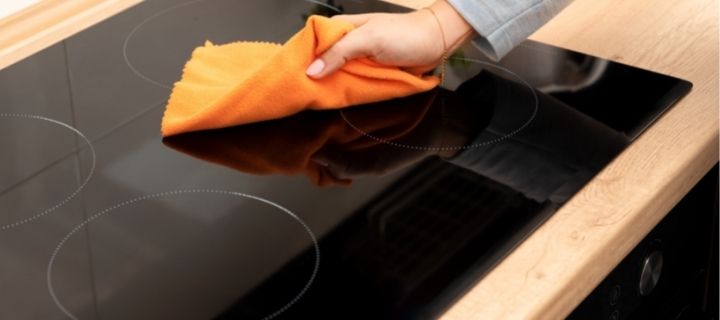
The most obvious drawback of using cast iron on an induction stove is that there is a great chance that your heavy cast iron pan will scratch the glossy surface of your induction stove. The only way to avoid this problem? You need to be mindful when using an Induction cooker. Keep in mind the following:
Sliding your cast iron isn’t a good idea
Place the Cast iron firmly on the burner in one spot and leave it there while cooking. If you need to move the food around, use a spoon or spatula. Picking up the pan and moving it will scratch the surface of your stove.
Use Baking mats or paper towels
You can also use a silicone baking mat or Paper Towels to prevent your cast iron from making scratches. Place the baking mat or paper towel on top of the induction cooktop and then place your cast-iron skillet on top of that. This will cushion the skillet and prevent it from slipping or sliding around.
A Paper towel or a baking mat placed between the cast iron and the induction cooktop will not affect the Induction Process. In my 5 years of experience with an induction cooktop, I never had a bad experience with using a paper towel underneath my cast iron pan while cooking. Just be mindful of the situation and keep an eye on your stovetop.
Smooth the bottom of the cast iron
The heat ring at the bottom of the cast iron is usually raised and smoothed so that it can make good contact with an induction cooktop. If your cast iron has a rough bottom, you can try using an iron file to smooth it out.
Use enameled cast iron
You can use enameled cast iron which has a sleek and smooth surface. It is also lightweight that won’t scratch your glass top.
Keep the Cast iron and induction Cooktop clean
Any leftover food or cooking debris on the surface can act like sandpaper and cause scratches. So be sure to wipe down both the cooktop and the skillet before cooking.
You can cook anything in a cast-iron skillet on an induction stove. Fried eggs, grilled cheese sandwiches, and even pancakes come out perfectly when cooked in cast iron.
But why would anyone choose Induction Cooking?
Faster cooking time: Since induction cookers use a magnetic field to heat up the pan, they can reach high temperatures very quickly. This means that your food will cook faster than it would on a traditional stovetop.
More energy-efficient: Because induction cookers only heat up the pan, they are much more energy-efficient than traditional stovetops.
Safer to use: Since there is no open flame, induction cooktops are safer to use than gas or electric stovetops. Induction cooktops use magnetic fields to generate heat. This means that the cooktop itself doesn’t get hot, only the pan does. This makes them a great option for homes with young children.
Some Drawbacks of Induction Cooking
Requires special cookware: In order to work, induction cooktops require cookware that is made of ferrous material. This means that your traditional aluminum or stainless steel pots and pans will not work on an induction stovetop.
More expensive: Since induction cooktops are a newer technology, they tend to be more expensive than traditional stovetops.
Now that you know a little bit more about induction cooking, let’s talk about using cast iron in induction. Can you do it? Read on to find out!
How To Check if the Cookware is Compatible with Induction Stove Top?
The best way to know if your cookware is compatible with an induction stovetop is to check if it can be magnetized. You can do this by holding a magnet up to the bottom of the pan. If the magnet sticks, then your pan will work on an induction stovetop. If the magnet does not stick, then your pan will not work on an induction stovetop.
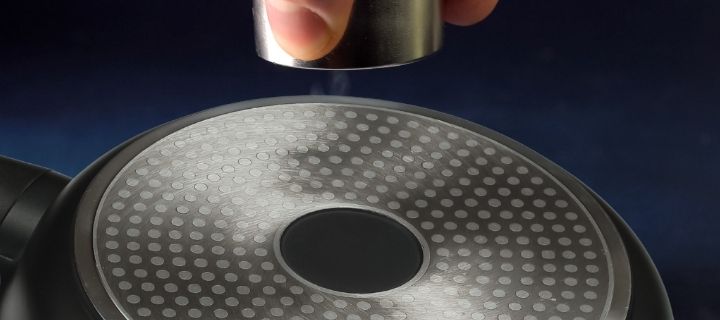
Why is Cast Iron so popular?
Cast iron cookware is a type of cooking pot or pan that is made from cast iron. It is a type of iron that has been heated until it becomes molten and then poured into a mold. This mold can be anything from a simple shape to a more complex design. Once the cast iron has cooled and hardened, it can be used to cook food.
Cast iron cookware is extremely popular among home chefs for several reasons.
First, it is very durable and will last for many years with proper care.
Second, it heats evenly and has excellent heat retention ability, which means that your food will cook evenly without hot spots.
Third, it can be used on any type of cooking surface, including induction cooktops.
Finally, cast iron cookware looks great and can add a touch of rustic charm to your kitchen.
How to care for your Cast Iron Cookware?
If you’ve invested in a quality piece of cast iron cookware, you want to make sure that it lasts for years to come. Here are a few tips for how to care for your cast iron so that it continues to perform at its best.
First, always remember to preheat your pan before adding any food. This will help to prevent sticking and ensure that your food cooks evenly.
When you’re finished cooking, be sure to let the pan cool completely before washing it. Water on hot iron can cause the metal to warp, so it’s best to wait until the pan is completely cooled before washing it.
Once the pan is cooled, wash it with hot water and a gentle detergent. Avoid using harsh scrubbers or abrasive cleaners, as these can damage the surface of the pan.
Once the pan is clean, dry it immediately with a clean towel and rub some oil on the cooking surface to avoid rusting.
To season the pan, rub a thin layer of cooking oil on the surface of the metal. This will help to create a non-stick surface and prevent rusting. Place the pan in a preheated oven and bake it for 30 minutes to seal in the seasoning.
With proper care, your cast iron cookware will last for generations. By following these simple tips, you can keep your cast iron in tip-top shape for years to come. So go ahead and enjoy cooking with this versatile and durable cookware!
Final Thoughts
Can you use Cast Iron on Induction? Yes. Cast iron cookware is a great way to cook on an induction stove.
By following a few simple tips, you can make the most of your cast iron skillet and induction stove. Be sure to avoid scratching your cooking surface by using the proper techniques and care instructions mentioned above for both cast iron and induction cooktops.
With a little practice, you’ll be able to create amazing dishes with ease in your cast iron pots or pans and your induction glass top will remain scratchless.
FAQs
Can you use enameled cast iron on induction cooktop?
Yes, enameled cast iron can be used on an induction cooktop. Enameled cast iron is actually more recommended than traditional cast iron for use on induction cooktops, due to its smooth surface.
Can you use lodge cast iron on induction cooktop?
Yes, Lodge cast iron can be used on an induction cooktop as long as the cookware has a flat bottom that makes full contact with the surface of the cooktop.
Can you use cast iron pots on an induction cooktop?
Yes, cast iron pots can be used on an induction cooktop.
Can you use a cast iron griddle on an induction cooktop?
Yes, you can absolutely use cast iron griddle on an induction cooktop, as long as the griddle has a flat bottom that can make a good contact with the cooktop’s surface.
Can you use cast iron skillets on induction cooktops?
Induction cooktops have a magnetic field that generates heat only in ferromagnetic materials, and luckily, cast iron skillets fit the bill!
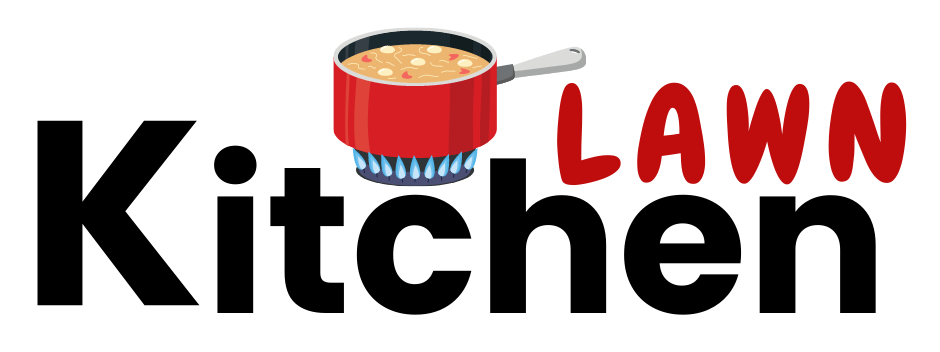
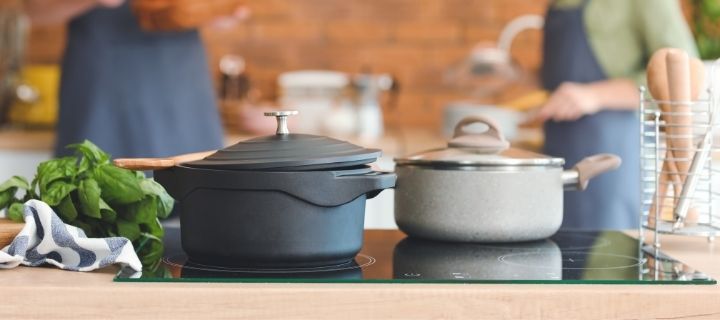

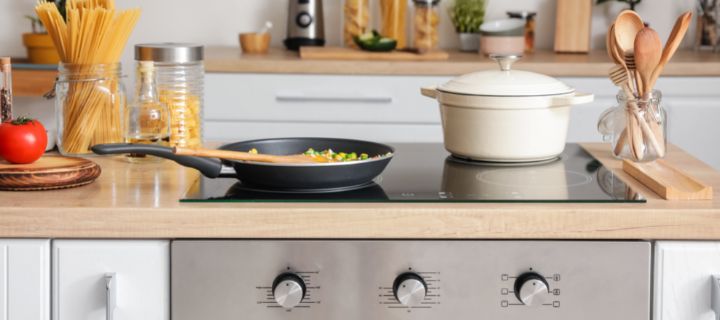

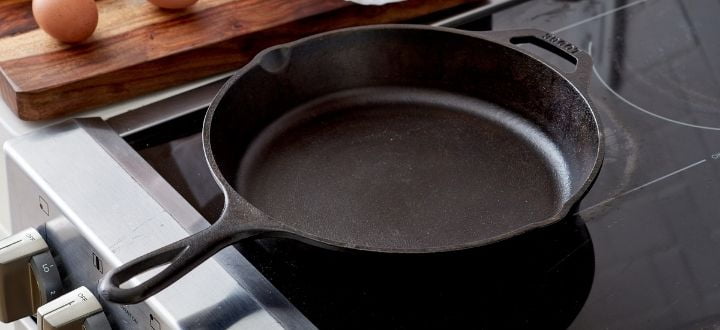
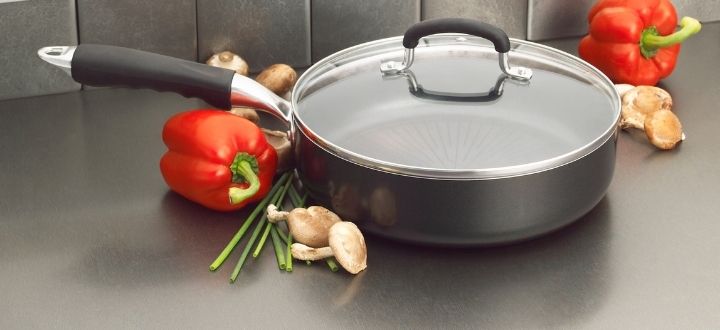
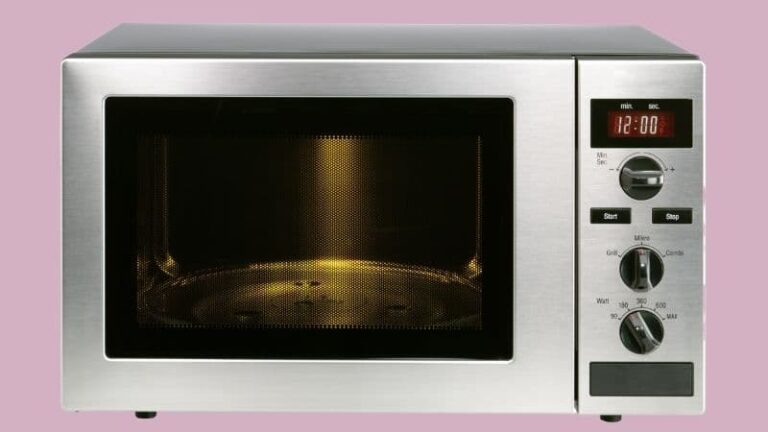
3 Comments
Comments are closed.